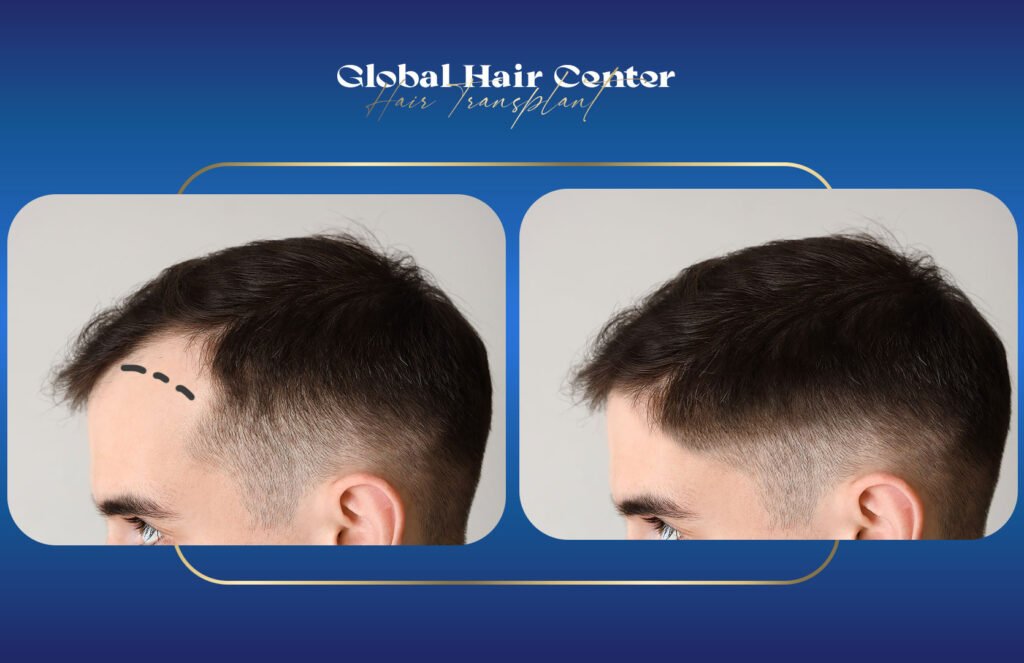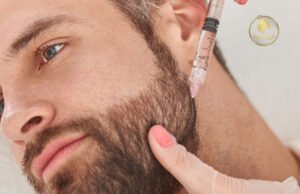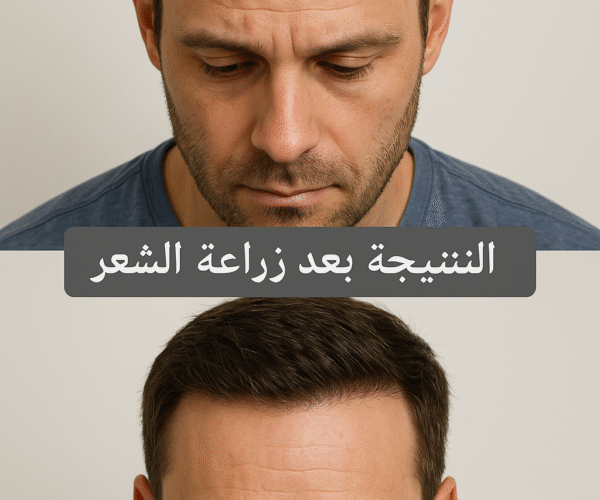How Long Do Hair Transplants Last?
- October 5, 2024
- By Admin
- 15
- Transplant, Uncategorized

How Long Do Hair Transplants Last?
Hair loss is a common issue affecting millions worldwide, leading many to seek solutions to restore their hair and confidence. Hair transplants have gained significant popularity among the available options due to their effectiveness and natural results.
However, a crucial question remains: how long do hair transplants last?
This comprehensive blog answers the question and explores factors that influence the durability of hair transplants and tips for maintaining results.
What is a Hair Transplant?
A hair transplant is a surgical procedure that involves the relocation of hair follicles from a donor area (area with thick hair) to the balding or thinning areas. The two primary techniques used are Follicular Unit Transplantation (FUT) and Follicular Unit Extraction (FUE).
FUT (Follicular Unit Transplantation)
FUT is a technique that involves removing a strip of scalp from the donor area and dissecting it into individual follicular units, which are then transplanted to the recipient area.
FUE (Follicular Unit Extraction)
Involves extracting individual hair follicles directly from the donor area using a specialized tool and implanting them into the recipient area.
Both techniques aim to provide natural-looking results and they are used for many hair transplant procedures such as eyebrow hair transplant and beard hair transplant, but their longevity can be influenced by various factors.
Factors Influencing the Longevity of Hair Transplants
Hair transplants are supposed to last forever, However, many factors can affect how long the results are maintained. These factors change from one patient to the other, and the doctor usually lets you know how to maintain your results based on your case. We’ll explain each of those factors below.
Quality Of Hair In The Donor Area
The quality and characteristics of the hair in the donor area play a crucial role in the success and longevity of a hair transplant. Hair from the back and sides of the scalp is typically more resistant to balding, making it ideal for transplantation.
Age and Health of the Patient
Younger patients with good overall health and no underlying medical conditions tend to have better outcomes. Chronic illnesses or conditions that affect hair growth can compromise the longevity of the transplant.
Post-Transplant Care
Adhering to post-operative care instructions is vital for the success of a hair transplant. Proper care during the recovery period can prevent complications and promote optimal healing and growth of transplanted hair.
Genetics
Genetics plays a significant role in hair loss and regrowth. If a patient has a family history of extensive hair loss, they may require additional treatments in the future to maintain their results.
Lifestyle Factors
Factors such as smoking, poor diet, and stress can affect hair health and longevity. Maintaining a healthy lifestyle can enhance the durability of hair transplants.
How Long Do Hair Transplants Last?
In most cases, hair transplants are a permanent solution for hair loss. The transplanted hair follicles are typically resistant to male or female pattern baldness. Meaning that transplanted hair should continue to grow for a lifetime, providing long-lasting results.
The Results of FUT vs. FUE
Both FUT and FUE techniques can provide long-lasting results, but there are some differences to consider.
FUT involves transplanting a strip of scalp tissue, which gives a high number of grafts in a single session, making it suitable for extensive hair loss. The removed strip usually leaves a linear scar, but it’s usually well-hidden by the surrounding hair.
FUE is less invasive and leaves tiny, dot-like scars that are barely noticeable. The longevity of both transplants is almost equal.
Maintaining Hair Transplant Results
To maximize the longevity of hair transplants, consider the following tips:
- Follow Post-Operative Instructions: Adhere to the doctor’s instructions such as medications, washing routines, and avoiding heavy activities.
- Healthy Lifestyle: Maintain a balanced diet, exercise regularly, and avoid smoking and excessive alcohol consumption to promote overall health and support hair growth.
- Regular Check-Ups: We offer free follow-ups for one year after the surgery, so make use of them to monitor the progress of your transplant and address any concerns.
- Hair Care Routine: Use gentle hair care products and avoid excessive styling, which can damage hair follicles.
- Medical Treatments: Consider using medical treatments such as minoxidil to support the health of your natural hair and prevent further thinning after discussing it with your doctor.
Realistic Expectations
While hair transplants offer a permanent solution to hair loss, it is important to have realistic expectations when it comes to the results. The density and thickness achieved may vary based on the availability of donor hair and the extent of hair loss.
Multiple sessions may be required to achieve the desired results, especially for individuals with extensive balding.
Additionally, the appearance of the transplanted hair can improve over time. Initially, the transplanted hair may fall within the first few weeks which is a process known as “shock loss.” and it’s completely normal.
This shedding is temporary, and new hair growth typically begins within three to four months. Full results are often visible after 12 to 18 months.
Innovations and Future Directions
Advancements in hair transplant technology continue to enhance the procedure’s effectiveness and longevity. Innovations such as robotic hair transplantation, platelet-rich plasma (PRP) therapy, and stem cell therapy show promise in improving hair transplant outcomes.
Robotic hair transplant is a technique that uses robotic systems to assist in the extraction and implantation of hair follicles, increasing precision and reducing human error.
PRP therapy involves injecting platelet-rich plasma into the scalp to stimulate hair growth and improve the survival rate of transplanted follicles.
Stem cell therapy is used to regenerate hair follicles and promote new hair growth and it shows amazing results.
Conclusion
Hair transplants offer a lasting solution to hair loss that generally lasts for a lifetime. The longevity of the results depends on various factors including the quality of donor hair. Both FUT and FUE techniques can provide almost the same results but the used technique depends on the case.
To ensure the best outcomes, patients should maintain a healthy lifestyle and follow doctors’s orders. With realistic expectations and proper care, individuals can enjoy the benefits of a hair transplant for the rest of their lives.
Related Blogs

- October 5, 2024
The Ultimate Guide to Mesotherapy in.
The Ultimate Guide to Mesotherapy in Dubai: What You Need to Know Mesotherapy, a minimally invasive cosmetic procedure that has.
Read More
- June 20, 2025
PRP Hair Treatment Dubai: The Natural.
PRP Hair Treatment Dubai is now considered one of the most innovative and effective non-surgical solutions for hair restoration. With.
Read More

